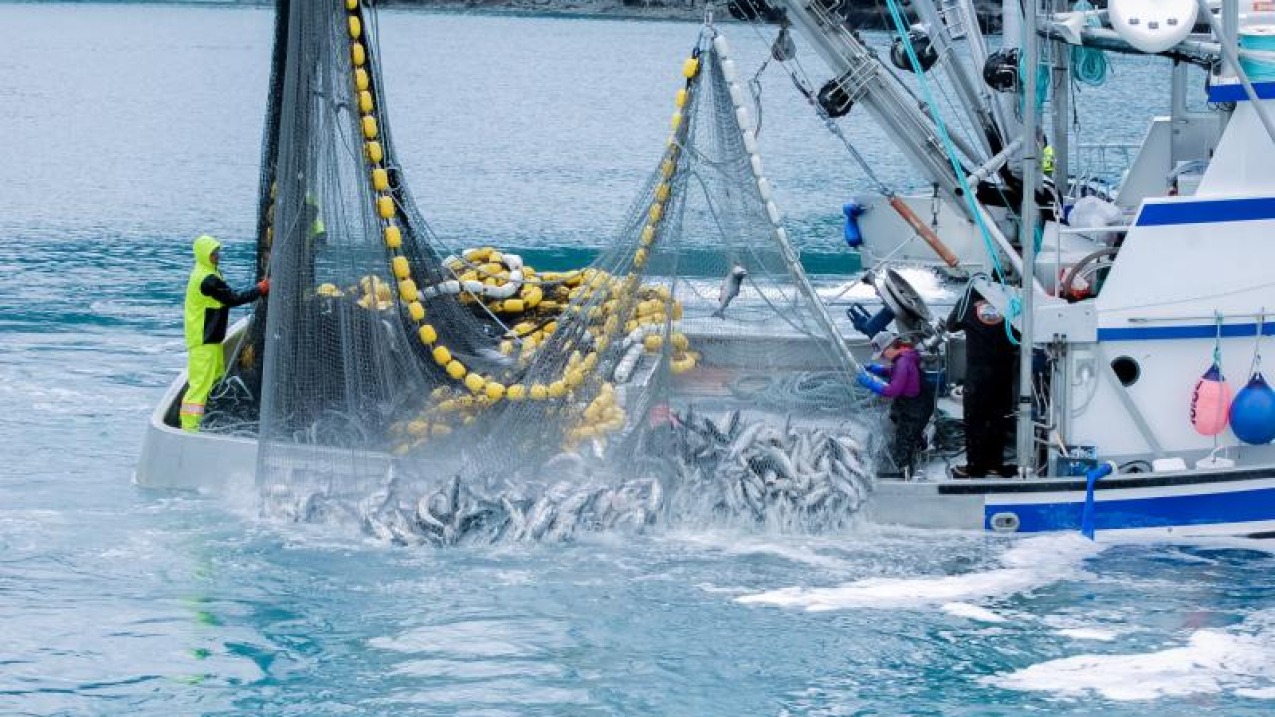Agriculture, Vol. 15, Pages 789: Comparative Analysis of CNN-Based Semantic Segmentation for Apple Tree Canopy Size Recognition in Automated Variable-Rate Spraying
Agriculture doi: 10.3390/agriculture15070789
Authors:
Tantan Jin
Su Min Kang
Na Rin Kim
Hye Ryeong Kim
Xiongzhe Han
Efficient pest control in orchards is crucial for preserving crop quality and maximizing yield. A key factor in optimizing automated variable-rate spraying is accurate tree canopy size estimation, which helps reduce pesticide overuse while minimizing environmental and health risks. This study evaluates the performance of two advanced convolutional neural networks, PP-LiteSeg and fully convolutional networks (FCNs), for segmenting tree canopies of varying sizes—small, medium, and large—using short-term dense-connection networks (STDC1 and STDC2) as backbones. A dataset of 305 field-collected images was used for model training and evaluation. The results show that FCNs with STDC backbones outperform PP-LiteSeg, delivering superior semantic segmentation accuracy and background classification. The STDC1-based model excels in precision variable-rate spraying, achieving an Intersection-over-Union of up to 0.75, Recall of 0.85, and Precision of approximately 0.85. Meanwhile, the STDC2-based model demonstrates greater optimization stability and faster convergence, making it more suitable for resource-constrained environments. Notably, the STDC2-based model significantly enhances canopy-background differentiation, achieving a background classification Recall of 0.9942. In contrast, PP-LiteSeg struggles with small canopy detection, leading to reduced segmentation accuracy. These findings highlight the potential of FCNs with STDC backbones for automated apple tree canopy recognition, advancing precision agriculture and promoting sustainable pesticide application through improved variable-rate spraying strategies.
Source link
Tantan Jin www.mdpi.com

